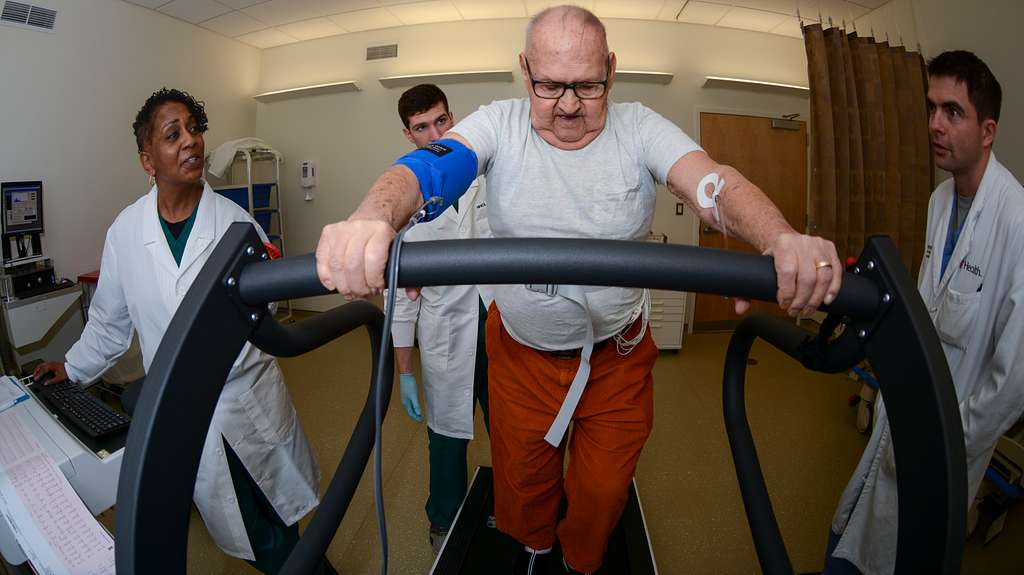A heart stress test is a procedure used to evaluate how well your heart functions under physical exertion. It helps doctors diagnose various heart conditions, gauge the effectiveness of treatment, and assess cardiovascular health. Here is more information on preparing for the test, focusing on steps to follow before, during, and after the procedure:
Preparing for the Test
Preparation for your heart stress test begins well in advance and involves adhering to specific guidelines regarding diet, medication, and physical activity. It is helpful to avoid eating heavy meals for at least two to four hours before the test. Depending on your doctor’s instructions, you may need to stick to light snacks or remain on an empty stomach.
Caffeine should be avoided on the day of the test, as it can affect your heart rate and interfere with the results. Medications may also play a role in the preparation process. Certain prescriptions can influence the test results, and your doctor may instruct you to stop or adjust them before your appointment.
Clothing and footwear are key factors. You should wear comfortable, loose-fitting clothing and sturdy, supportive footwear like sneakers. Since the test often involves walking or running on a treadmill, attire that allows for unrestricted movement is highly recommended.
Understanding the Procedure
A heart stress test typically involves using exercise equipment like a treadmill or stationary bike while your heart’s activity is monitored. Here’s how the process generally unfolds:
- Initial setup: An electrocardiogram (EKG) is used to monitor the electrical activity of your heart. Sensors are attached to different areas of your chest, and a blood pressure cuff may also be placed on your arm.
- The exercise phase: You’ll start exercising at a slow pace, with speed and incline gradually increasing to raise your heart rate. This simulates how your heart responds to various levels of activity. If exercise isn’t feasible, medications may be administered to mimic the effects of physical exertion.
- Monitoring throughout: Healthcare providers will monitor your heart rate, blood pressure, and breathing regularly. Communicate any unusual symptoms, such as chest pain or dizziness, immediately. The test typically lasts about 10 to 15 minutes, but may vary.
Exploring Next Steps
After completing the stress test, you’ll move into a cooldown period. This portion of the process allows your heart rate and blood pressure to return to normal under the supervision of a medical professional. These include:
- Cooling down: The healthcare team may ask you to walk slowly on the treadmill or sit quietly for a few minutes. This phase provides valuable information about how your heart recovers after exertion.
- Understanding results: The healthcare provider will analyze data collected during the test. This includes heart rhythm patterns, blood pressure trends, and any symptoms you reported.
- Follow-up care: Based on your test results, your doctor may recommend further diagnostic evaluations, lifestyle modifications, or treatment plans to optimize your heart health.
Get a Stress Test
Preparing for a heart stress test involves a series of practical steps to make the process smooth and productive. Paying attention to dietary guidelines, understanding what to expect, and following post-test care recommendations helps enable accurate results. By staying informed and communicating openly, you can take meaningful steps toward better cardiovascular health.

